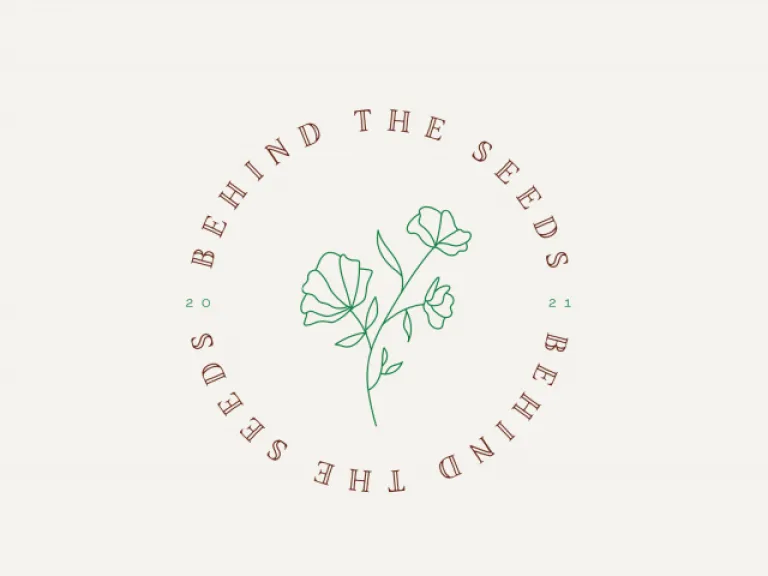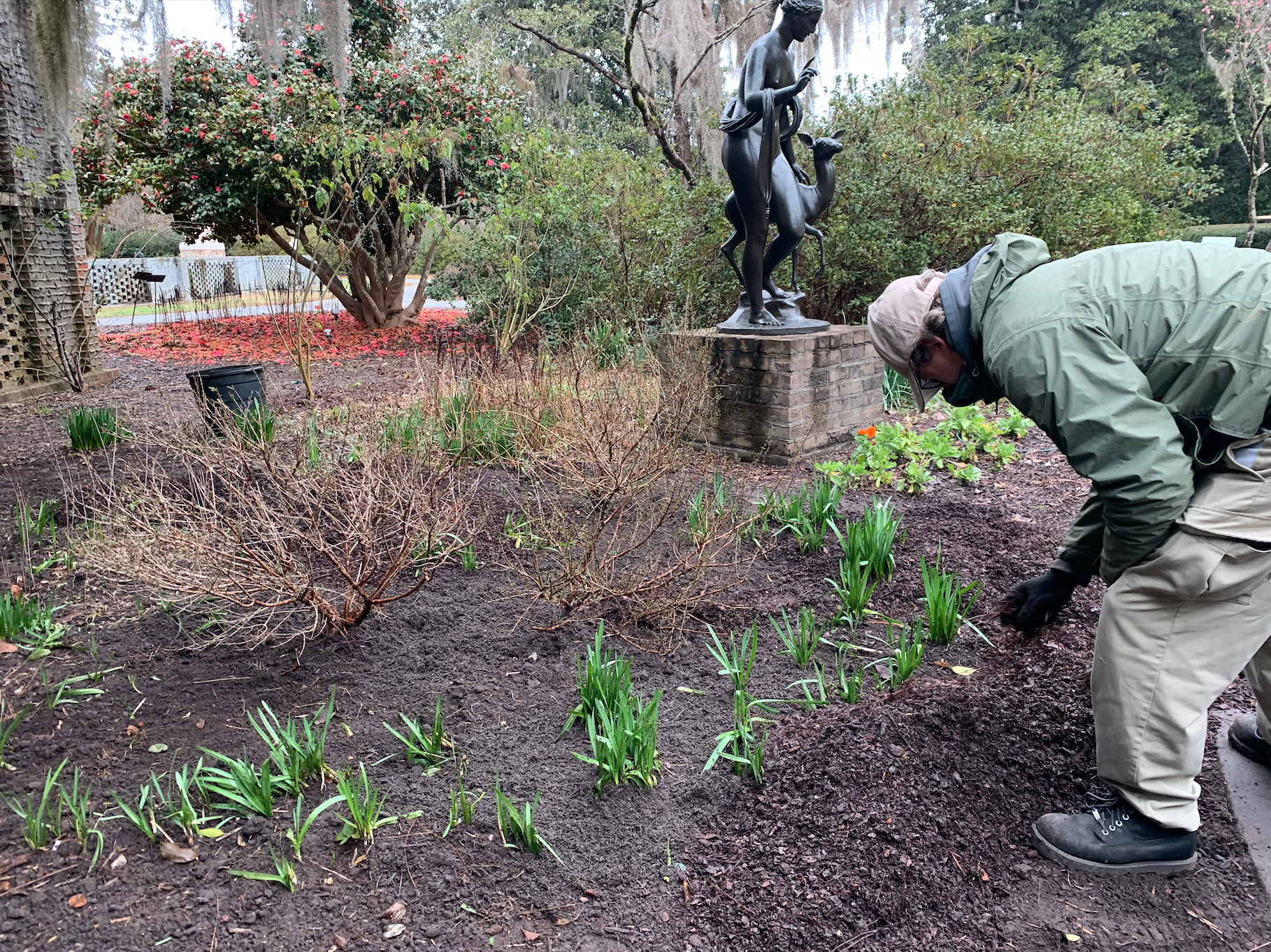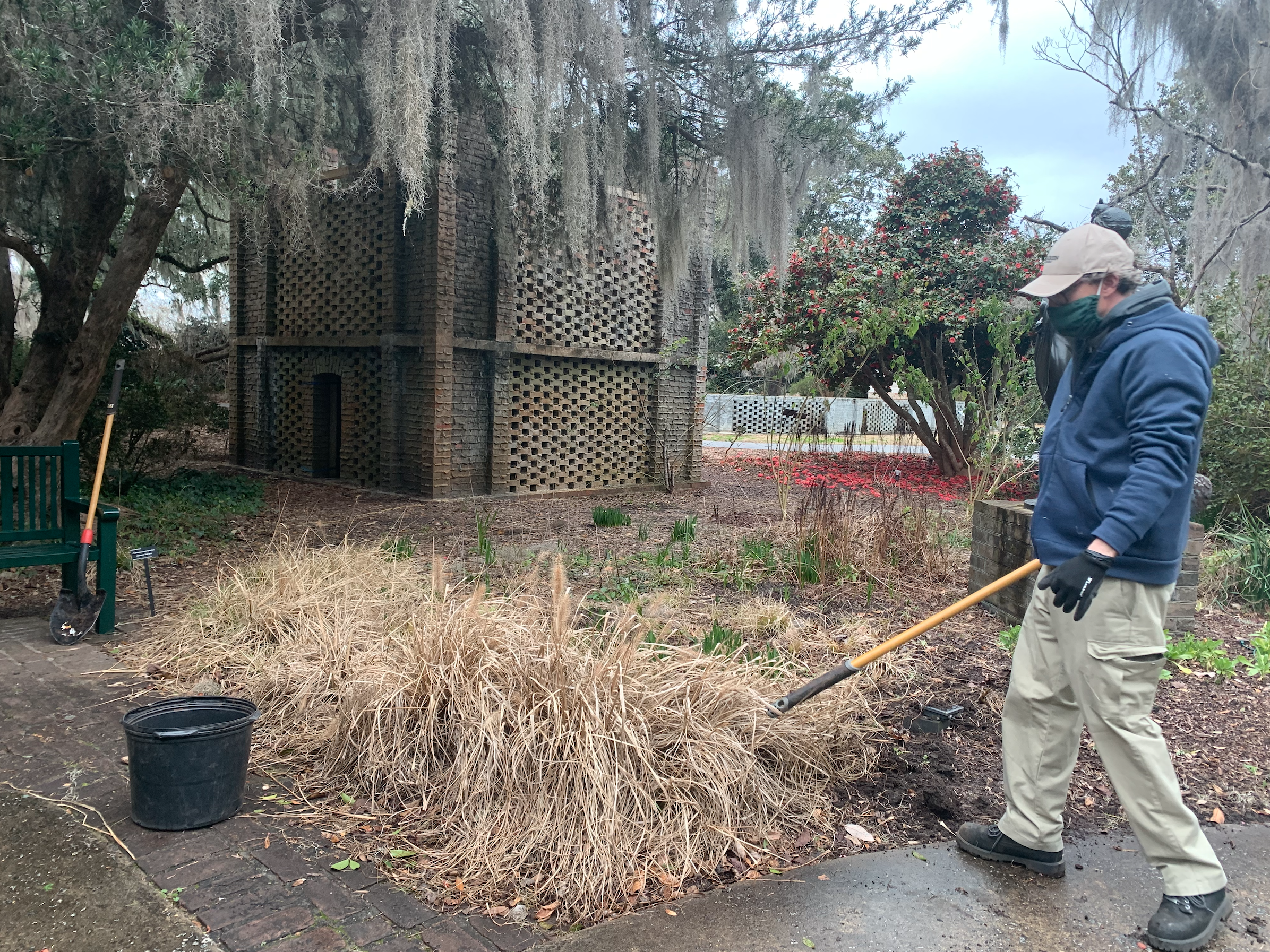
Apothecary Plants丨Behind the Seeds

Around Brookgreen Gardens, the plants tell a story written by the horticulturists. Some stories are romantic (Poetry Garden), whimsical (Children’s Garden), and heartwarming (Caroline’s Garden). One story I have helped write over the past few weeks has been in the Old Kitchen Garden.
“Well, what’s the theme of this garden?” I hear you say. Well, apothecary plants are used in medicinal or natural remedies for illness, like food and tea. In the Old Kitchen Garden, contains plants can be used in this way.

Plant Health
Usage of apothecary plants is documented across the world in some form or fashion. The earliest evidence of apothecaries was found in Nagpur, India, and has recipes using over 250 plants, like poppy and mandrake (Petrovska, 2012). Even in the Indian holy book Vedas, medicinal plants are mentioned, including nutmeg, pepper, and clove (Wiart, 2007). Similar to the Vedas, both the Bible and holy Jewish book named Talmud reference myrtle and incense during treatment rituals (Dimitrova, 1999). Roman, Greek, and Arabic people used chamomile, garlic, onion, garden sage, and parsley for treatments including wound care, burn care, and cleansing of the eyes, mouth, nose, and ears (Tucakov, 1990). In the present day, China, the United Kingdom, Russia, Germany, and the Republic of Macedonia are just some of the countries that use apothecary plants either in combination with or instead of traditional medicine (Petrovska, 2012).

In order to treat these illnesses, the plants had to be healthy. Alongside the recipes using these apothecary plants were instructions to care for these plants (Petrovska, 2012). Generally, the growth methods of the same plant can change based on the conditions of the places the plant is being grown. For example, plants grown at the Desert Botanical Garden in Phoenix, Arizona will be treated differently than plants grown here at Brookgreen Gardens. To start growing plants in your area, you can reference the website of your local botanical garden! This can give you insight into the types of plants that succeed and what modifications you may need to make in your own garden. In addition, make sure to research which specific species of the plants are intended for apothecary usage so that you remain safe!
Personal Health
CAM stands for complementary and alternative medicine, which is “a group of diverse medical and health care systems, practices, and products that are not presently considered to be part of conventional medicine” (NCCAM, 2002). There are five main categories of CAM: alternative medical systems, mind-body interventions, biologically-based treatments, manipulative and body-based methods, and energy therapies (NCCAM, 2000). Apothecary plants fall under alternative medical systems and biologically based therapies. For example, the St. John’s wort in the Old Kitchen Garden is a plant that has been used as a treatment for mild to moderate depression (Institute of Medicine (US) Committee on the Use of Complementary and Alternative Medicine by the American Public, 2005). In the same vein, elements of the Maidenhair tree can be used as a treatment for mild cognitive impairment (Institute of Medicine (US) Committee on the Use of Complementary and Alternative Medicine by the American Public, 2005).
Always consult a licensed medical doctor about CAM, like apothecary plants, if you are interested in using them. You may be on medications and/or treatments that would be negatively impacted by CAM.
Practicing Health
Growing an apothecary garden can be a wonderful experience. At some point, your own apothecary garden will need to be cleaned up! Below are before and after photos of the Old Kitchen Garden’s transformation, along with information on how you can maintain your garden.

When removing a plant, find the base of the plant and shovel around the base. Doing this will help you get as many roots as possible and lower the chance of that plant regrowing from stray roots. Next, clear out the bed, including weeds, dead plants, and the plants you were removing. This will give you a better picture of how much space you have in the bed. Now, you can sketch out the space and plan out the plants going into your bed. Think about what the plants will look like in all four seasons and how they will change in size and shape over time. Planning for the future of the bed will reduce future stresses and challenges. Once you have planned the bed, you can get to planting and mulching.
Mulch is not just for aesthetics, but also combats weeds, retains soil moisture, and insulates the ground! Find a mulch color that works with your space and get the mulch as close to the base of the plant as you can. For woody plants, like trees, allow for a small gap between the mulch and the plant. When the gap is not present, the mulch can trap moisture and lead to plant rot (University of Florida, 2020).

Thanks for joining me for this week’s Behind the Seeds! Grab a shovel and let's keep our PHs balanced!
Hours
Hours: Monday & Tuesday 9:30 AM - 5:00 PM
Wednesday - Sunday 4:00 PM - 9:00 PM
For daytime admission, gates close at 4:30 PM. For their safety and the safety of our animal collection, pets are not allowed, nor can they be left in vehicles inside Brookgreen. Service animals that have received special training to assist disabled persons are welcome.
Tickets
Daily General Admission Tickets for 7 consecutive days
Children 3 and under: Free
Children 4-12: $14
Adults 13-64: $25
Seniors 65 & Over: $23
Location
1931 Brookgreen Drive
Murrells Inlet, SC 29576
Off US Highway 17 Bypass, between Murrells Inlet and Pawleys Island on South Carolina's Hammock Coast
843-235-6000
GOOGLE DIRECTIONS